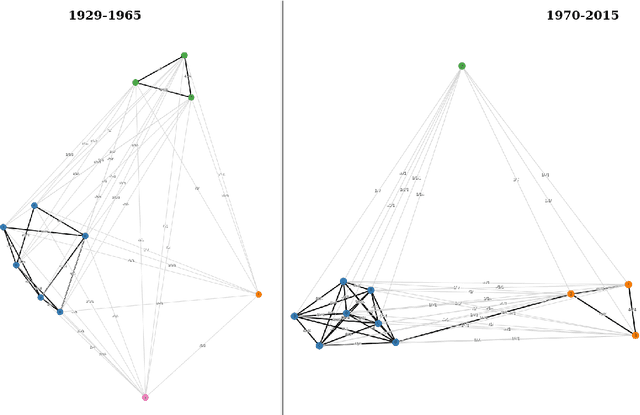Mariia Fedorova
An Expanded Massive Multilingual Dataset for High-Performance Language Technologies
Mar 13, 2025Abstract:Training state-of-the-art large language models requires vast amounts of clean and diverse textual data. However, building suitable multilingual datasets remains a challenge. In this work, we present HPLT v2, a collection of high-quality multilingual monolingual and parallel corpora. The monolingual portion of the data contains 8T tokens covering 193 languages, while the parallel data contains 380M sentence pairs covering 51 languages. We document the entire data pipeline and release the code to reproduce it. We provide extensive analysis of the quality and characteristics of our data. Finally, we evaluate the performance of language models and machine translation systems trained on HPLT v2, demonstrating its value.
Multi-label Scandinavian Language Identification (SLIDE)
Feb 10, 2025



Abstract:Identifying closely related languages at sentence level is difficult, in particular because it is often impossible to assign a sentence to a single language. In this paper, we focus on multi-label sentence-level Scandinavian language identification (LID) for Danish, Norwegian Bokm\r{a}l, Norwegian Nynorsk, and Swedish. We present the Scandinavian Language Identification and Evaluation, SLIDE, a manually curated multi-label evaluation dataset and a suite of LID models with varying speed-accuracy tradeoffs. We demonstrate that the ability to identify multiple languages simultaneously is necessary for any accurate LID method, and present a novel approach to training such multi-label LID models.
AXOLOTL'24 Shared Task on Multilingual Explainable Semantic Change Modeling
Jul 04, 2024



Abstract:This paper describes the organization and findings of AXOLOTL'24, the first multilingual explainable semantic change modeling shared task. We present new sense-annotated diachronic semantic change datasets for Finnish and Russian which were employed in the shared task, along with a surprise test-only German dataset borrowed from an existing source. The setup of AXOLOTL'24 is new to the semantic change modeling field, and involves subtasks of identifying unknown (novel) senses and providing dictionary-like definitions to these senses. The methods of the winning teams are described and compared, thus paving a path towards explainability in computational approaches to historical change of meaning.
Definition generation for lexical semantic change detection
Jun 20, 2024



Abstract:We use contextualized word definitions generated by large language models as semantic representations in the task of diachronic lexical semantic change detection (LSCD). In short, generated definitions are used as `senses', and the change score of a target word is retrieved by comparing their distributions in two time periods under comparison. On the material of five datasets and three languages, we show that generated definitions are indeed specific and general enough to convey a signal sufficient to rank sets of words by the degree of their semantic change over time. Our approach is on par with or outperforms prior non-supervised sense-based LSCD methods. At the same time, it preserves interpretability and allows to inspect the reasons behind a specific shift in terms of discrete definitions-as-senses. This is another step in the direction of explainable semantic change modeling.
Enriching Word Usage Graphs with Cluster Definitions
Mar 26, 2024



Abstract:We present a dataset of word usage graphs (WUGs), where the existing WUGs for multiple languages are enriched with cluster labels functioning as sense definitions. They are generated from scratch by fine-tuned encoder-decoder language models. The conducted human evaluation has shown that these definitions match the existing clusters in WUGs better than the definitions chosen from WordNet by two baseline systems. At the same time, the method is straightforward to use and easy to extend to new languages. The resulting enriched datasets can be extremely helpful for moving on to explainable semantic change modeling.
 Add to Chrome
Add to Chrome Add to Firefox
Add to Firefox Add to Edge
Add to Edge